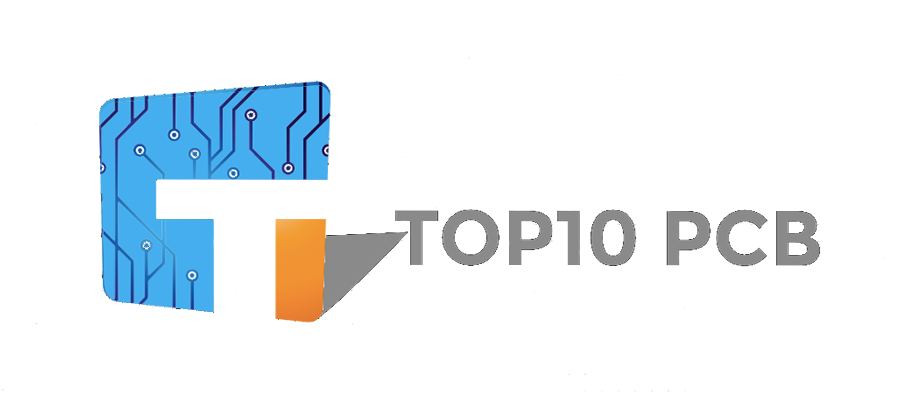What do capacitors do in a circuit?
Question
Why there are capacitors on all the PCBA boards.
in progress
0
PCB Assembly
4 years
1 Answer
364 views
0

Answer ( 1 )
The characteristics of capacitance are blocking DC, connecting AC, and preventing low frequency. It is widely used in coupling, DC blocking, bypass, filtering, tuning, energy conversion, and automatic control.
1. Filter capacitor
It is connected between the positive and negative poles of the DC voltage to filter out the unnecessary AC components in the DC power supply so that the DC power is smooth. Usually, a large-capacity electrolytic capacitor is used, and other circuits can be connected in the circuit at the same time. A type of small capacitor to filter out high-frequency AC.
2. Decoupling capacitor
Connected between the positive and negative poles of the power supply of the amplifier circuit to prevent parasitic oscillation caused by positive feedback formed by the internal resistance of the power supply.
3. Bypass capacitor
In the circuit of AC/DC signal, connect the capacitor to both ends of the resistor or to a common potential from a certain point of the circuit, and set a path for the AC signal or pulse signal to avoid the AC signal component. The voltage drop is attenuated by the resistor.
4. Coupling capacitor
In the AC signal processing circuit, it is used to connect the signal source and the signal processing circuit or as an interstage connection of the two amplifiers. It is used to block the DC and let the AC signal or pulse signal pass so that the DC of the front and rear stage amplifying circuit The working points do not affect each other.
5. Tuning capacitor
connected to the two ends of the oscillating coil of the resonant circuit to play the role of selecting the oscillating frequency.
6. Pad Capacitor
Auxiliary capacitor in series with the main capacitor of the resonant circuit. Adjusting it can make the frequency range of the oscillating signal smaller, and can significantly increase the oscillating frequency at the low-frequency end.
7. Compensation capacitor
An auxiliary capacitor connected in parallel with the main capacitor of the resonant circuit. Adjusting the capacitor can expand the frequency range of the oscillating signal.
8. Neutralization capacitor
Connected between the base and emitter of the triode amplifier to form a negative feedback network to suppress self-oscillation caused by the inter-electrode capacitance of the triode.
9. Stabilized capacitor
In the oscillating circuit, it plays the role of stable oscillation frequency.
10. Timing capacitor
In the RC time constant circuit, it is connected in series with the resistor R to determine the capacitance of the charging and discharging time.